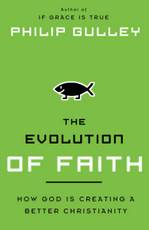The GD lesson manual makes the following comment regarding the story of Amnon and Tamar:
2 Samuel 13 contains the story of David’s son Amnon and David’s daughter Tamar. Amnon was attracted to Tamar and forced her to commit fornication with him (p. 116)
Forced her to commit fornication?
Forced her to commit fornication? Er, how about “he raped her?” And how about we find a way to include the idea of “incest” while we’re at it? Unless I’m missing something in this story, I don’t see anything but a very brutal rape in the best traditions of Israel’s fratricidal violence.
The manual goes on to say that Amnon’s “feelings changed after he sinned against her.” It poses the question “Why does hatred, rather than love, often result between people who violate the principles of morality?” That sounds a lot like a question that applies to consensual pre-marital sex, not rape.
Finally, the manual quotes President Hinckley:
“I heard Elder John A. Widtsoe…say ‘It is my observation that young man and a young woman who violate the principle of morality soon end up hating one another.’ I have observed the same thing. There may be words of love to begin with, but there will be words of anger and bitterness later” (“True to the Faith,” Ensign, June 1996, 5).
Why the incoherent moral conclusions? What would an inglush perfesser say? Would you feel comfortable approaching the story this way if there were a victim of rape in your class?
There are tremendous lessons in this story, powerful examples about stewardship, the need for, and loss of, moral authority in leadership roles and the dynamics of family life. It all really goes back to the David and Bathsheba incident. Why re-cast it into a garden-variety sermon on pre-marital chastity?
And why not use the word “rape?”











